1. Fancy Brand “All-Purpose” Caulk
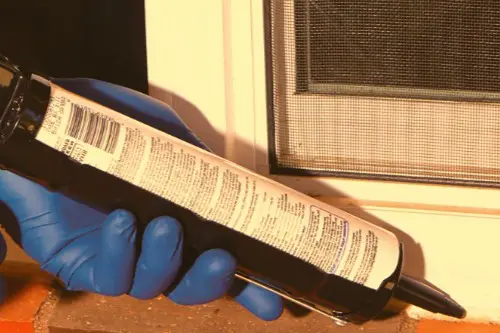
That pricey tube of “all-purpose” caulk sounds inviting, but in many cases it doesn’t actually seal gaps well on either indoor or outdoor surfaces. You often end up trying to layer two different kinds anyway—then you’ve paid double and wasted time. It may work nicely in marketing copy, but it’s underwhelming in real-world use. You’d be better off buying a dedicated interior or exterior model that’s actually rated for your job.
Crowns itself as “just what you need,” but doesn’t stick worth a hoot on crumbly brick or smooth vinyl. If you’re doing siding, that “universal” version shrinks, cracks, or pulls away. You’ll probably find yourself regretting the cost when mildew or drafts sneak back in. Save cash and frustration by picking a silicone or polyurethane specifically labeled for the substrate.
2. Boutique–brand Super-bright LED Bulbs
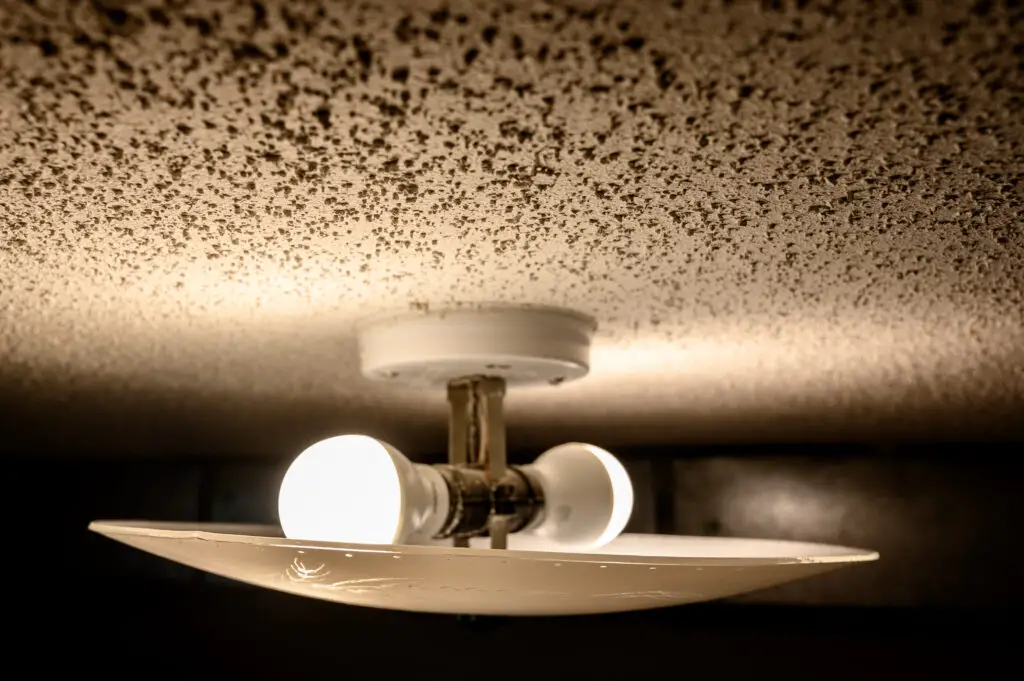
These trendy, ultra-cool LED bulbs promise “museum quality” light, but the daylight spectrum and color rendering often fall short. You pay a premium for a filament style, yet the light is noticeably flat or too clinical. Dime-store LEDs often give more pleasing warmth for half the price. Stick with a reputable, affordable LED that’s third-party tested for CRI and longevity.
The package may tout “2700 Kelvin” and “+95 CRI,” but backyard testers sometimes note it dims faster than cheaper bulbs. You might find yourself stockpiling replacements quickly. Meanwhile, the mainstream brands often deliver reliable brightness with better warranties and reviews. That “designer” bulb starts seeming more like a designer markup.
3. Branded Multi-Function Folding Saw
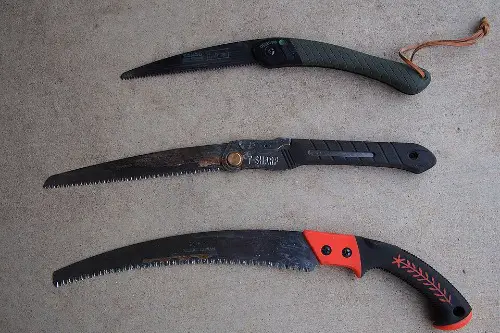
That folding saw labeled “for everything” is tempting when it promises to cut through wood, plastic, and light metal. Reality? You’ll likely end up with a dull blade, poor leverage, and worse performance than a simple pruning saw or a hacksaw. It’s a money-grab trying to please everyone—and ends up pleasing no one. Stick with a dedicated saw for each job; you’ll work more efficiently and get better results.
It’s sold as a “toolbox must-have,” but you’ll regret lugging it around when it can’t handle thick branches or hardened pipe. The pivot joint flexes under pressure, and your cuts wander. Not worth the high-end price tag when specialty saws cost less and do more. Do yourself a favor—ditch the gimmick in favor of real-cut tools.
4. Name-brand Fancy Pruning Shears
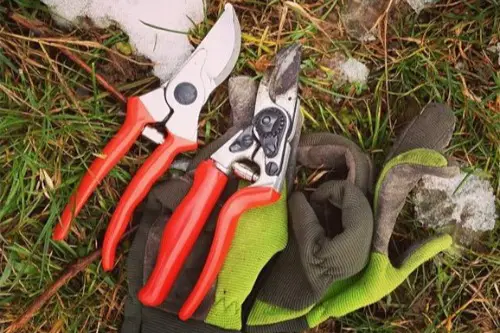
Sure, the luxury pruning shears look sharp and have sleek handles, but their overpriced mechanism often lacks long-term smoothness. A budget version from a solid toolmaker might give you years of clean cuts without the wallet-ache. Paying extra for style rather than substance rarely pans out. Buy solid steel blades and ergonomic design—no logo needed.
You’ll pay extra hoping for buttery action, but week by week that luxe pivot stiffens. They might break at the joint or chip faster due to exotic coatings. Reviews often mention “stopped cutting cleanly within months.” Unless you’re pruning roses for Instagram, the simpler shears will do the job longer for less.
5. Designer-priced Sandpaper Sets
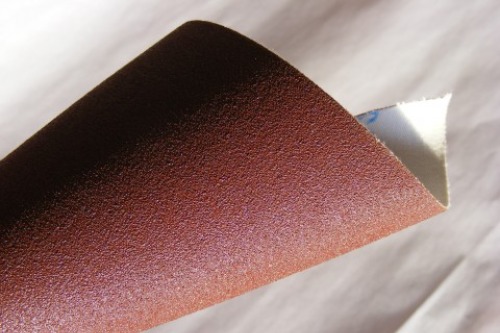
Those “ultimate finish” sandpaper sets with fancy storage boxes or multi-grit stacks look tempting. Most hobbyists discover that generic silicon-carbide or aluminum-oxide papers—same grits—cost way less and last just as long. You’re paying for pretty packaging, not better sand. Go for bulk or store-brand options to save serious cash.
The box may make you feel pro, but once you hit plywood or primed surfaces, the swirls and clogging are identical to cheap versions. After a couple uses, you’ll toss them and question why you bothered. The value gap grows glaring when you consider how fast you go through sandpaper. Stick with what works, not what’s labeled “premium.”
6. Big-name Powder-Coated Hose Nozzle

A fancy powder-coated nozzle may resist rust on the outside, but inside? You still get the same cheap plastic guts that clog or break. All that color-bonding does is jack up the price without adding function. Less flashy brass or zinc-plated nozzles offer real durability and better flow control.
You fancy the rainbow sheen over the aging concrete—understandable—but inside pressure washer or garden grit, it flakes paint. The shut-off handle soon stiffens or snaps. Nothing about the coat protects vital internals. Stick to good old metal nozzles, they’re cheaper and tougher.
7. Name-brand Self-Priming Paint Roller

It sounds amazing: paint stored inside the roller and releases as you work—no dipping. Except the mechanism often fails, clogs, or dries out. So while you pay more upfront, you’re stuck with a roller that doesn’t deliver. Regular rollers with a decent tray are cheaper and dependable.
Sure, it feels futuristic to roll paint from the core outward—but on real walls the dispenser dries in hot air or drips in cold weather. Most users report uneven paint flow or total failure after just one coat. You’ll end up cleaning or discarding them, frustrated by the gimmick. Spare your wallet and use the old-school roller-and-tray combo.
8. Over-priced Pre-Moistened Wood Stain Pads
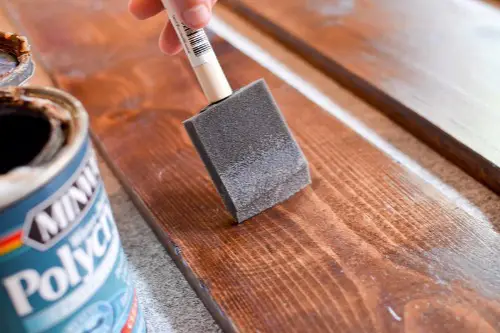
Those pre-moistened stain applicator pads are sold as mess-free and perfect for quick jobs. In practice they dry out fast and leave streaks if you’re not speedy. You’re paying for convenience that often vanishes mid-project. Stick with a rag and open can; lower cost and more control.
You might think “no brushes, no spills”—but then you’re fighting dry edges or gluey drips. The pad’s porous sponge dissipates stain to waste. It feels neat at first, until you’re scrubbing brush marks back in. A cheap foam brush and shop rag will outlast that fancy bought-one, used-many times pad.
9. Big-Logo Smart Torque Cordless Driver
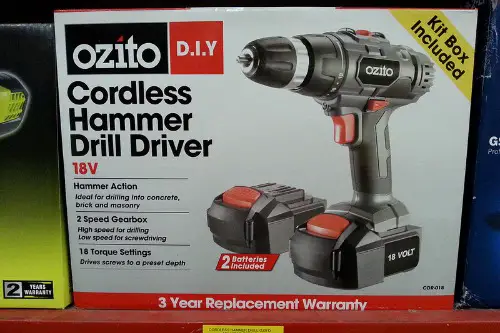
That “smart torque” driver syncs to your phone so you can adjust torque settings via app—cool, right? In reality, the Bluetooth connection clogs, lags, or fails, forcing you to revert to guesswork. And you paid extra for a feature you don’t use after the first try. A plain-Jane mid-priced driver gives the same torque and battery life, without the digital drama.
You may love the thought of precise, app-driven torque, but once the signal drops, you’re stuck guessing OR drilling blind. The manual settings work just as well, and cost way less. Complex gizmos break faster—and cost more to fix or replace. Don’t pay for “smart” when basic works just fine.
10. Brand-Name Heavy-Duty Plastic Tarps

Those “professional” tarps with bold labels are still thin LPDE plastic in disguise. They tear just as easily as their bargain-bin cousins, despite charging you two, three times more. Real heavy-duty tarps are tarpaulin laminate or canvas and cost less per strength. Skip the branding hype and buy for actual spec.
You might admire the flashy print that says “heavy-duty,” but under strain—wind, load, stretch—they shred. The grommets often pull through the plastic within one job. Meanwhile, a modest unbranded laminated tarp stays intact longer. Spend smarter, not flashy.
11. Premium-packaged Hot-Glue Sticks
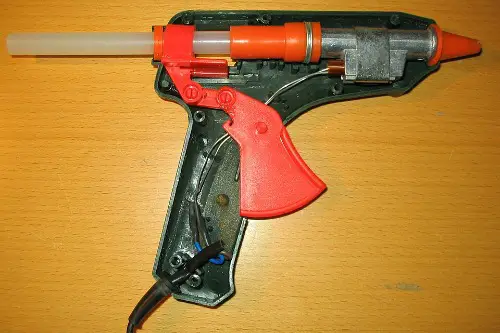
They come in “premium” packaging, maybe scented or glitter-studded, and charge more. But for most repairs, those novelty glues don’t stick better or run smoother than basic sticks. You pay for flair, not extra tensile stickiness. Keep an inexpensive, reliable 10-pack on hand instead.
The glitter or scent may intrigue—until the bond fails and you don’t even smell it anymore. Their diameter can vary, jamming cheap guns. Basic economy sticks feed reliably and melt consistently. Don’t fall for the box, focus on the glue job.
12. High-end Packaged Plumbers’ Tape
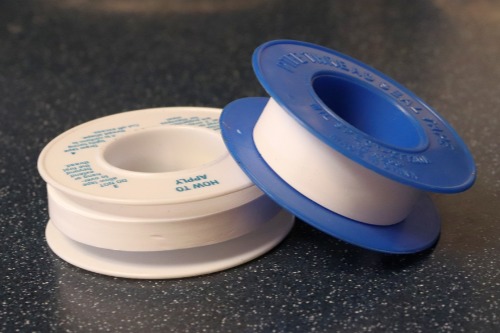
That posh, well-branded plumbers’ tape with tear-off foil looks official, but the tape itself is the same PTFE as bargain rolls. The fancy dispenser or branding ups the price without improving sealing. Good old generic rolls do the job just as reliably at a fraction of the cost. Choose by thickness and approvals—not flashy packaging.
You’re paying for name-brand flair, but thread-seal performance is standardized. The slick box rattles, the tape isn’t better. Even pros re-order the same generic brand when they burn through the “premium” roll. Get dependable PTFE wrap for pennies, not pounds.
13. Branded All-In-One Drill/Driver Kit
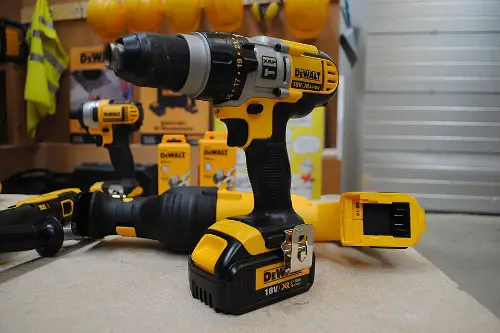
That “super-kit” drill/driver with hundreds of bits and accessories looks like a steal—until half those bits are cheap, break quickly, or never match your screws. This results in you buying better individual bits anyway, doubling your total spend. A separate reliable drill and curated bit set is often better value. Don’t get dazzled by “all in one.”
The plastic carrying case is bulky, and many bits are generic China freebies that dull fast. The drill might be okay, but the accessories drag the value down. In the end, you’ve overloaded drawers with tools you ignore. Trust me, buying good bits as you need them is smarter—and cheaper—in the long run.
This post 13 Hardware Store Products That Are Overpriced and Underperforming was first published on Greenhouse Black.
